Someone has just cleared out the memory cache and pressed the refresh button on the European market for small, affordable hatchbacks.
The Renault Clio, Peugeot 208 and Opel/Vauxhall Corsa are consistently three of the segment’s top-six annual sellers, between them accounting for more than three-quarters of a million cars sold on this continent alone last year. And in an interesting convergence of timing, all three have been replaced by new-generation models built on all-new platforms over the past four months. Since all three are now officially on sale here in the UK, we thought it was about time we introduced them to each other and found out how the sudden flurry of renewal is affecting the prevailing class order.
So here we are. Those newbie superminis will meet three other longer-established sales heavyweights over the following paragraphs – namely the Ford Fiesta, Volkswagen Polo and Toyota Yaris (all of which are 200,000-plus annual-unit European operators) – and also a trio of slightly smaller-selling but no less interesting rivals: the Seat Ibiza, Hyundai i20 and Nissan Micra. So whether you’re a sucker for a fresh arrival as a cue to replace the family’s short-hopper runabout, or you bought one not so long ago and you’re keen to find out how your car stacks up against the latest arrivals, there should be plenty to keep you interested here.
Two days of back-to-back driving and measuring has revealed to me – and is about to reveal to you, I hope – how much more spacious, refined, easy to drive and dynamically accomplished the best small cars now are than they were even five years ago. It should also attest to the fact that you can still have an awful lot of simple at-the-wheel fun in a great supermini despite having spent an awful lot less than you might think – as long as you know which to buy.
The knockout round
9th - Toyota Yaris 1.5 VVT-i Y20 Bi-tone
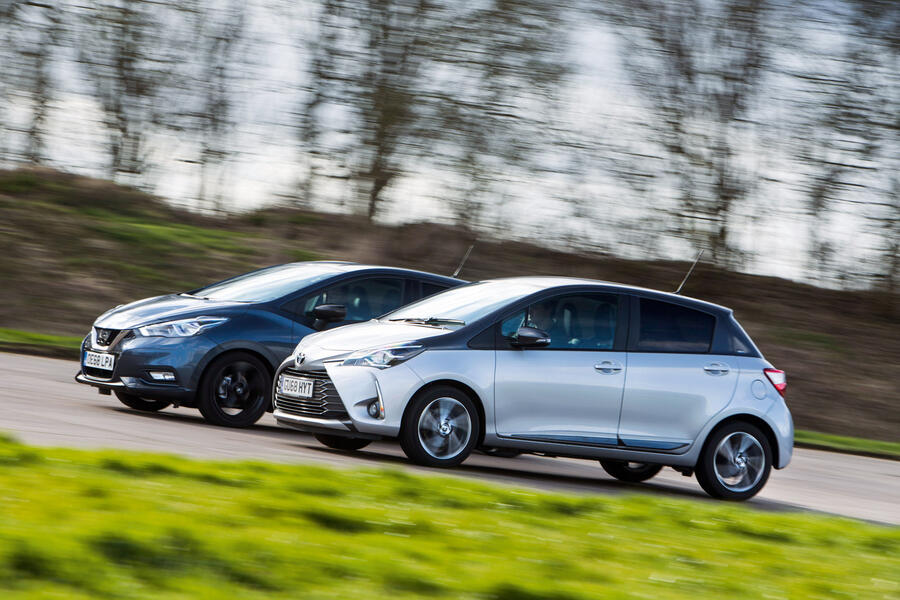
Efficiently packaged but funny looking with it and antiquated in more ways than one. Avoid until the all-new model arrives.
2.5/5
We'll start this test in what feels like the very beginning of the last decade, which, handily enough, was when Toyota introduced the current, third-generation Yaris. There’s an all-new version along later this year, making this exercise somewhat unfortunately timed for Toyota because it had to put up a car on the eve of replacement against a field of competitors the next oldest of which is probably only half as long of tooth.

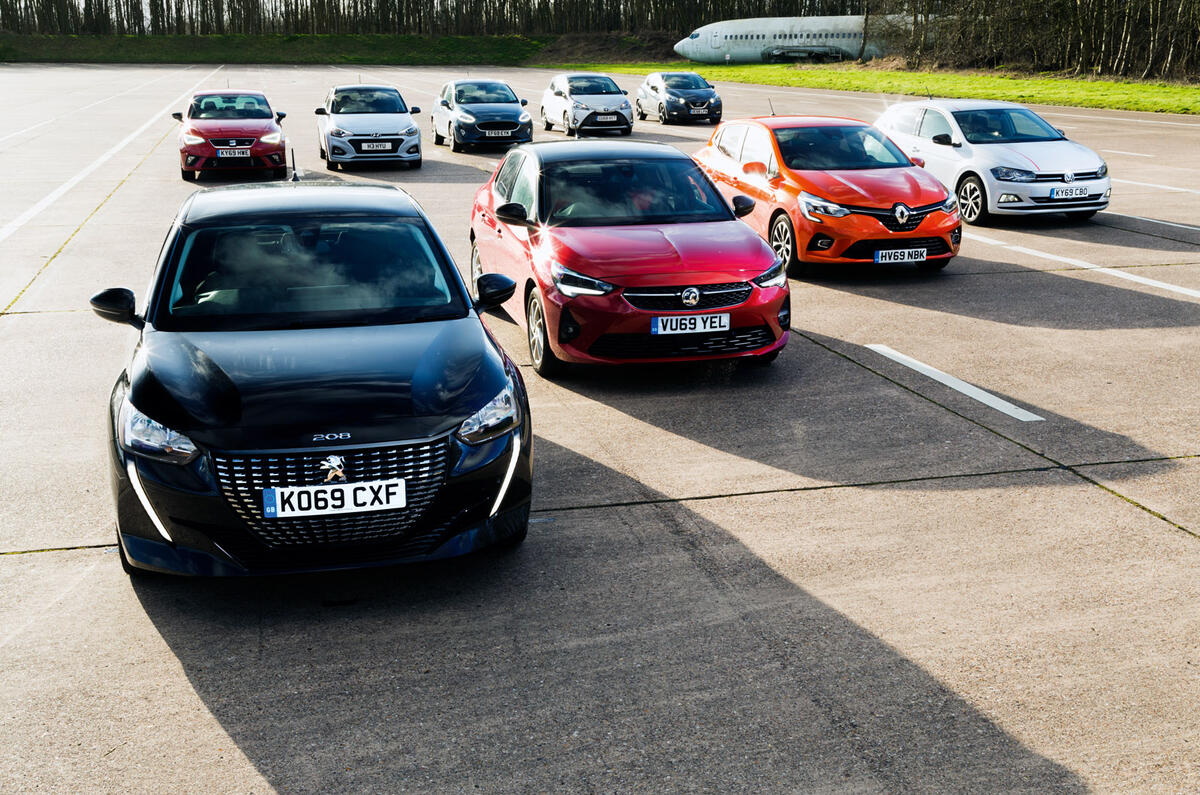
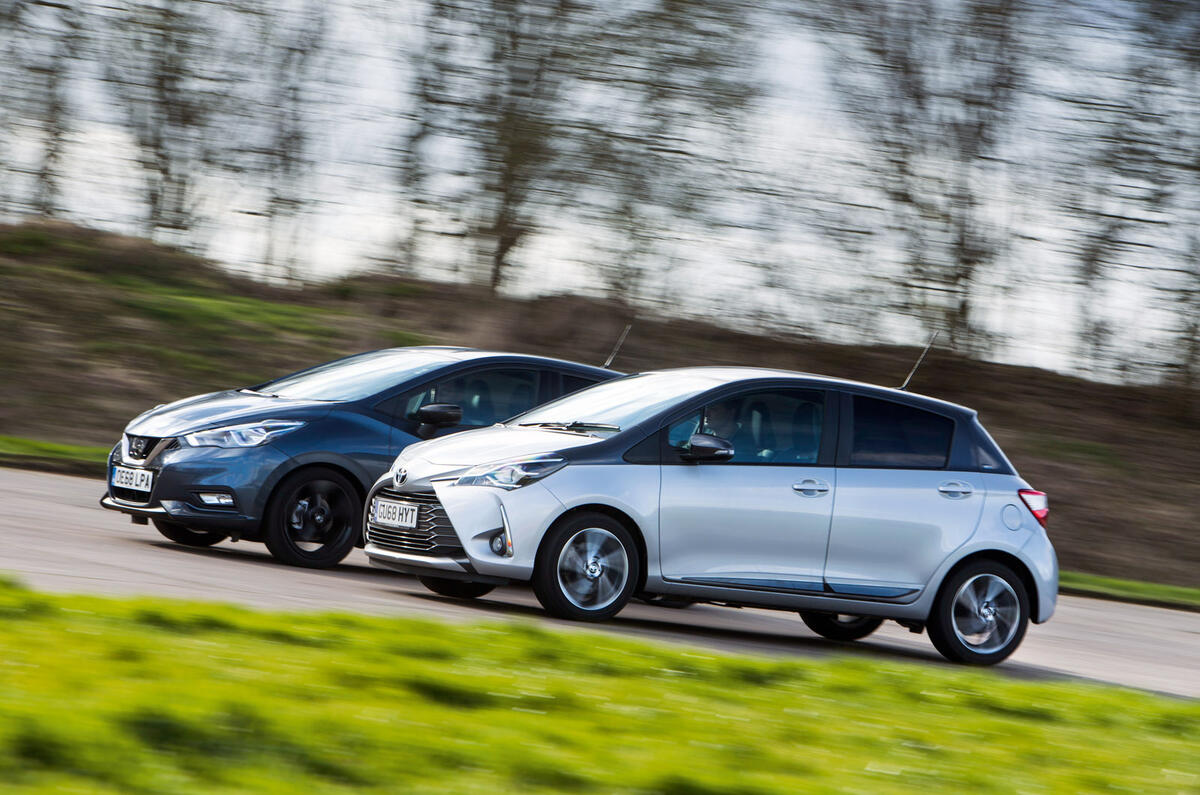
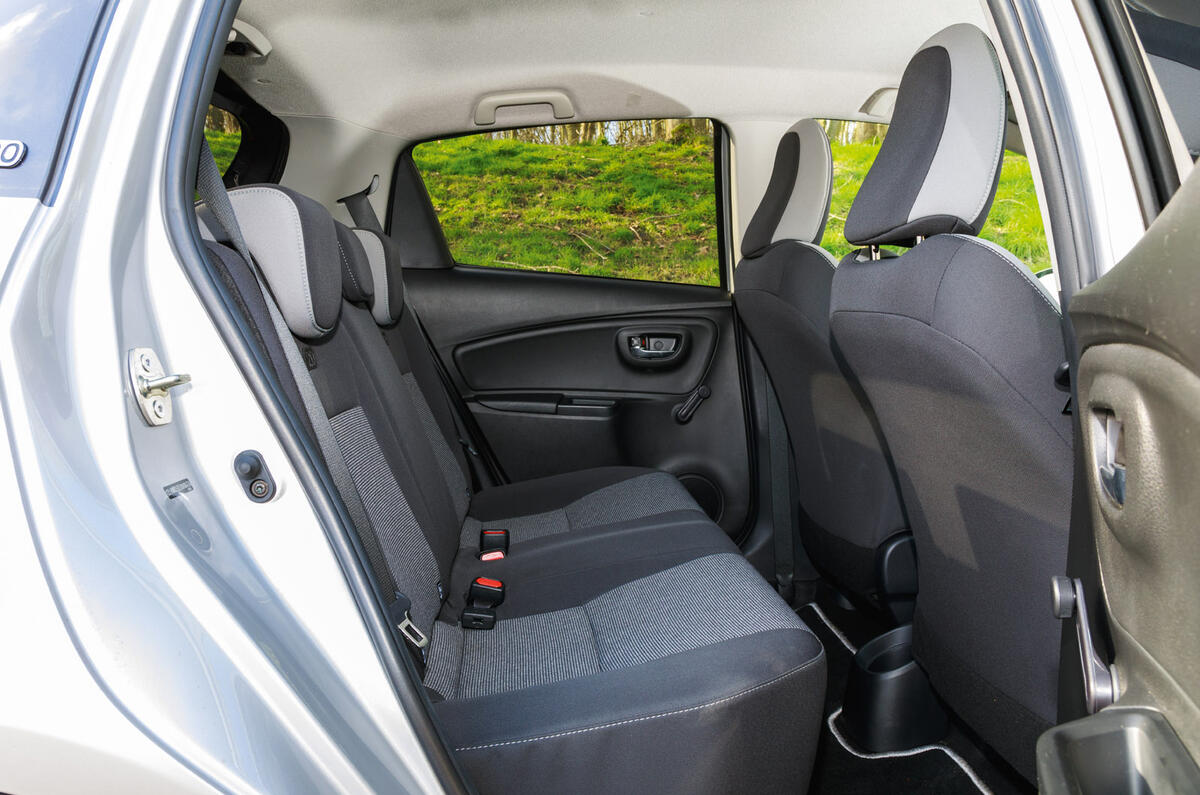
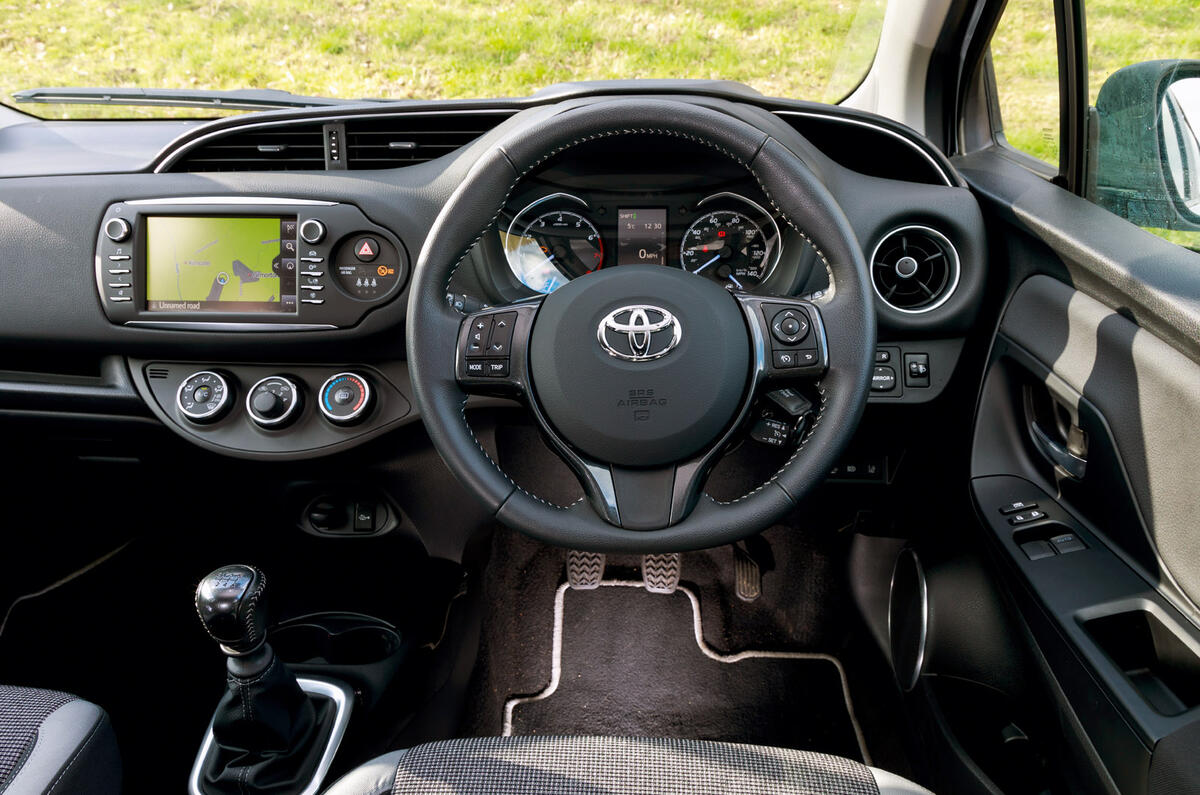
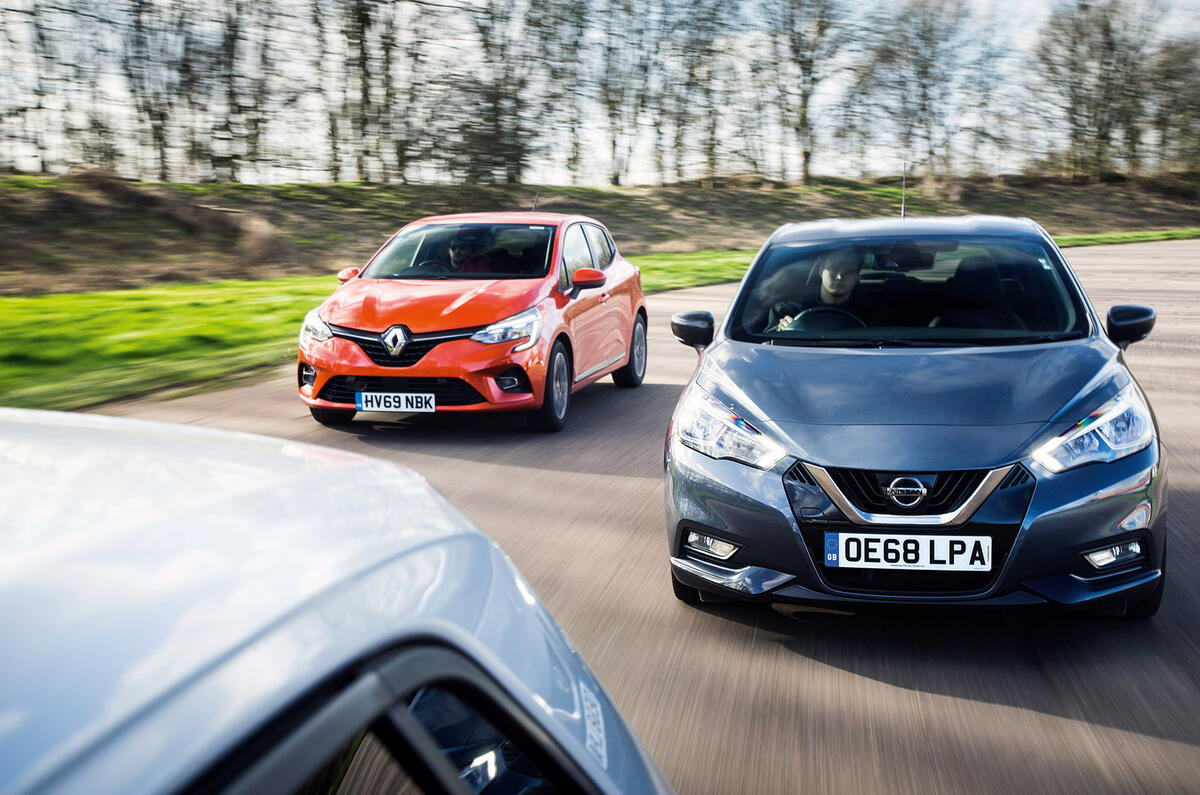
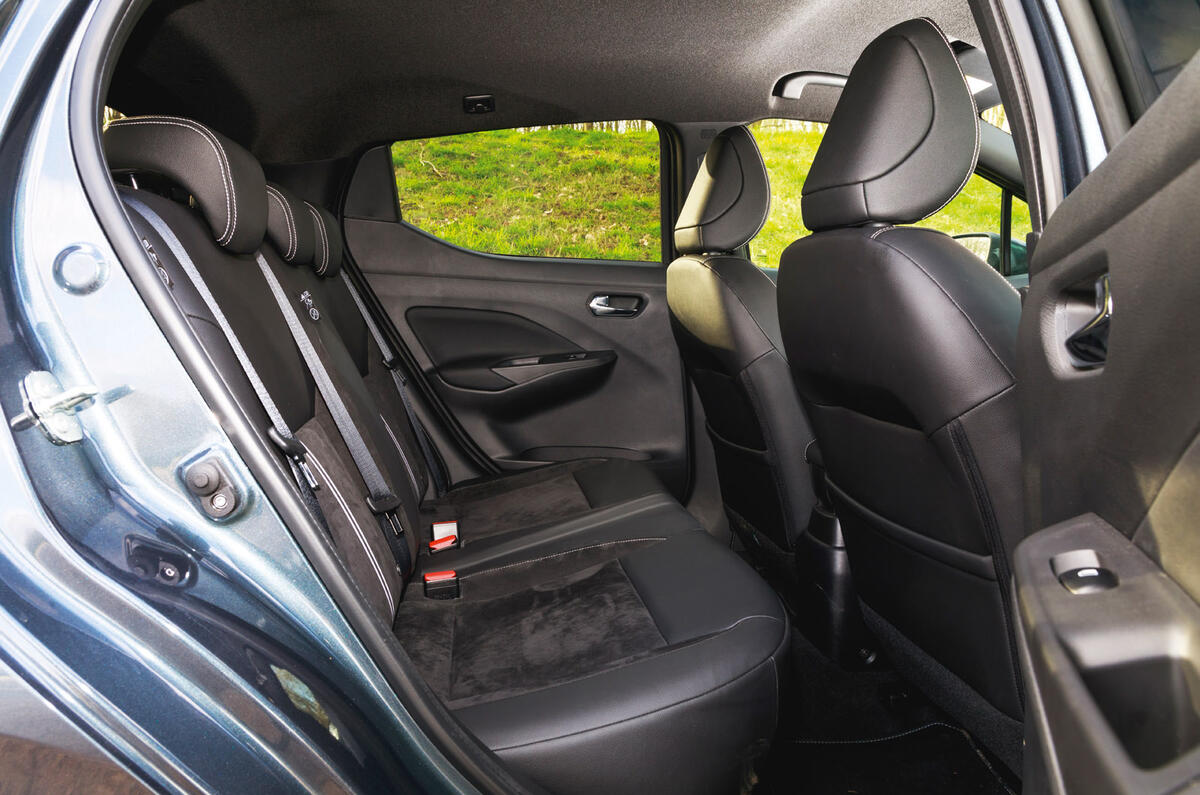
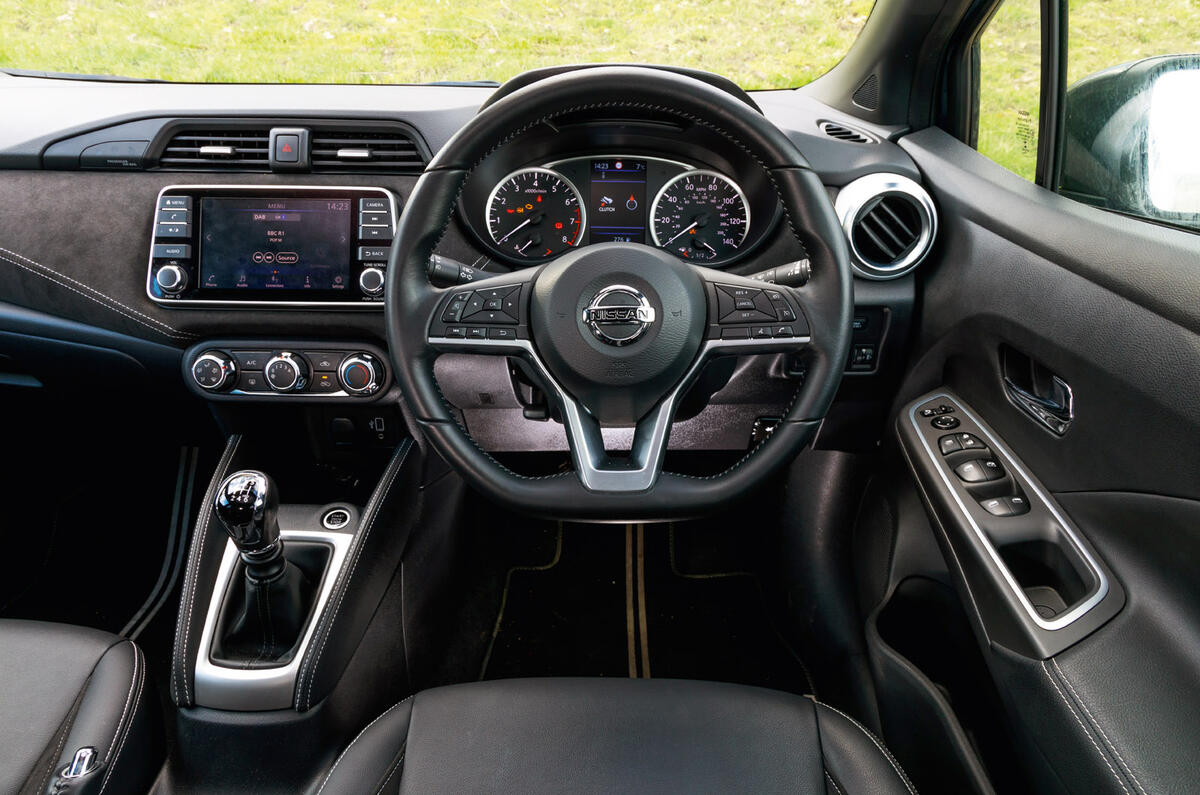
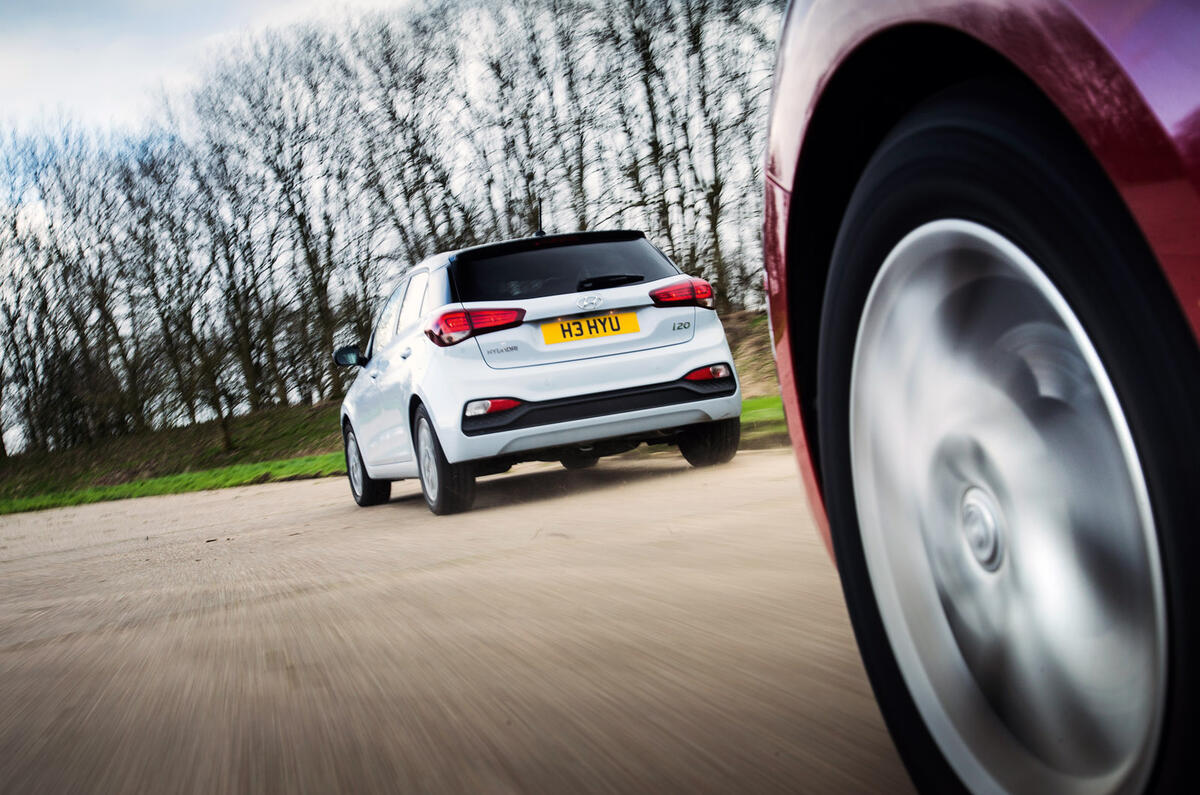
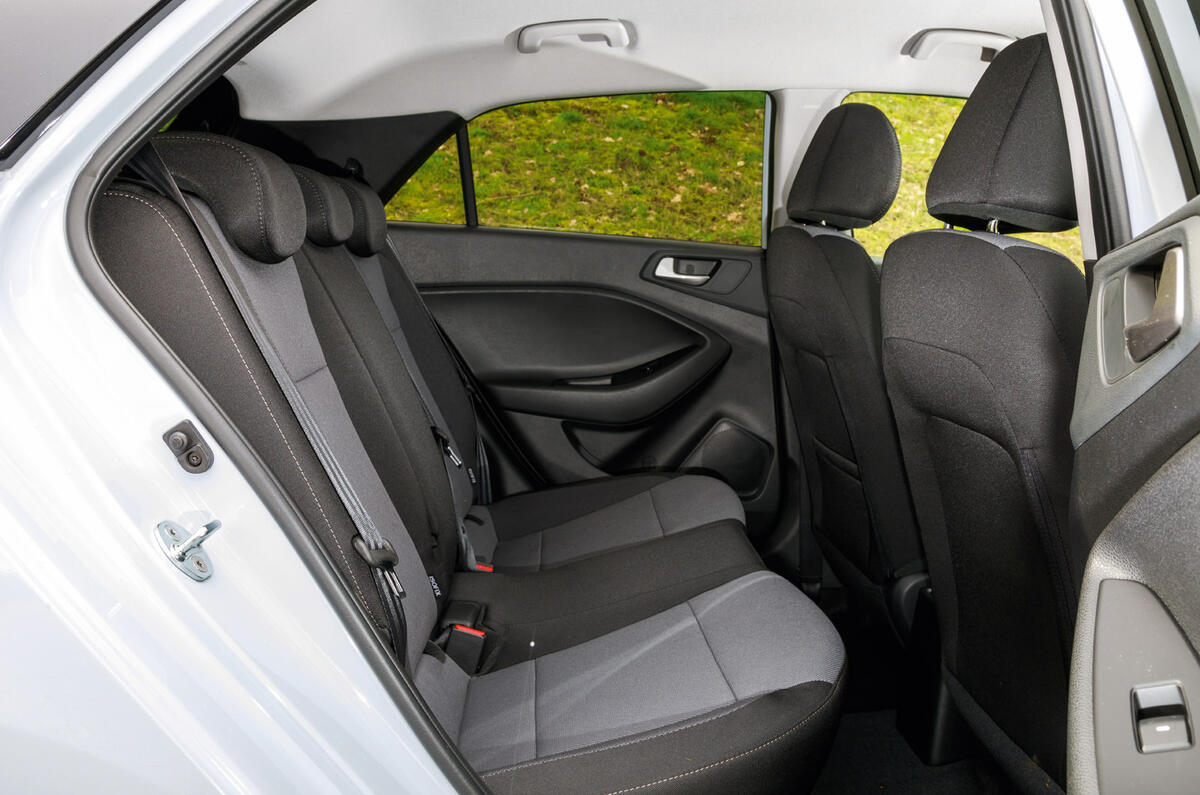
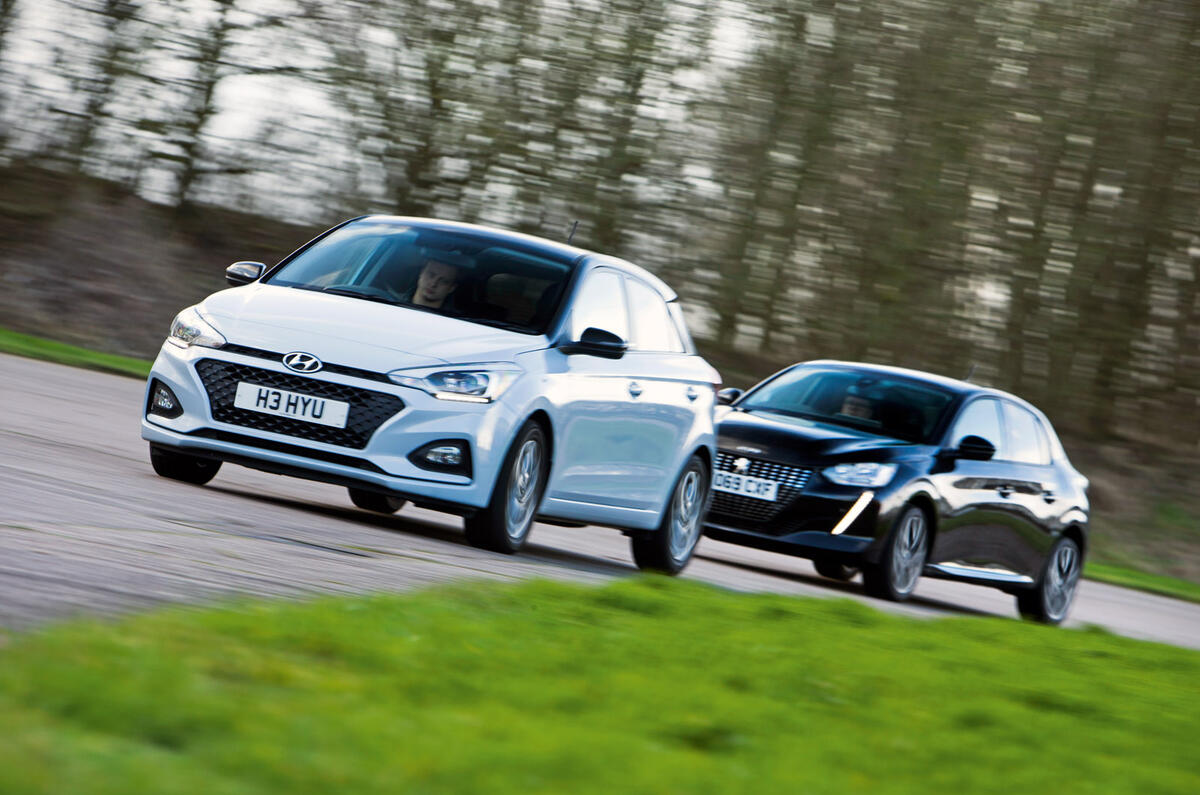

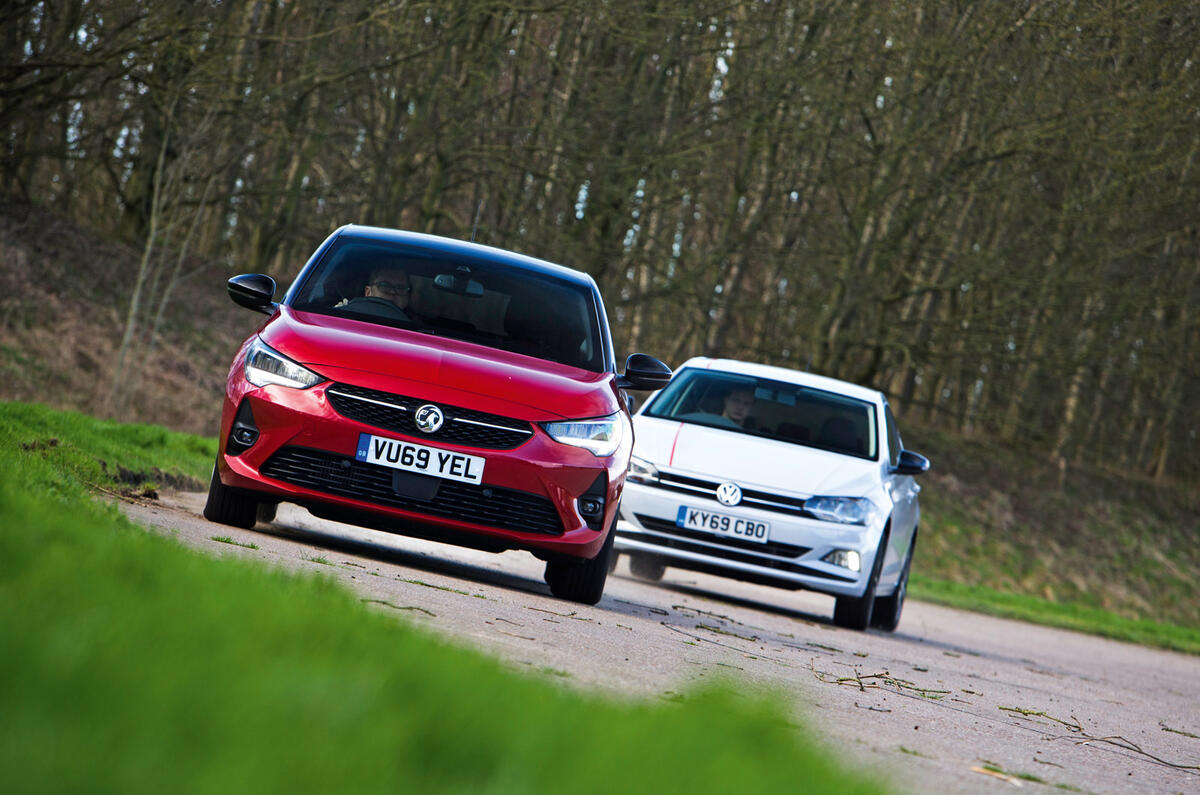
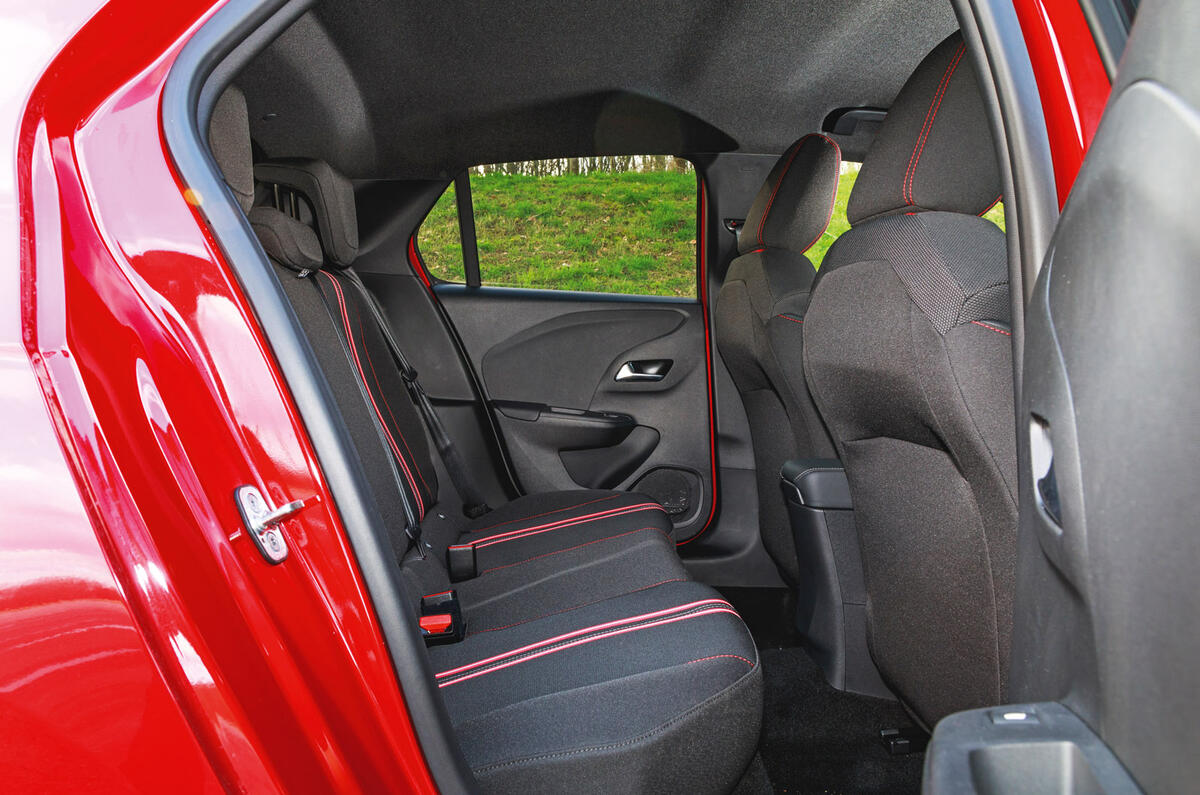
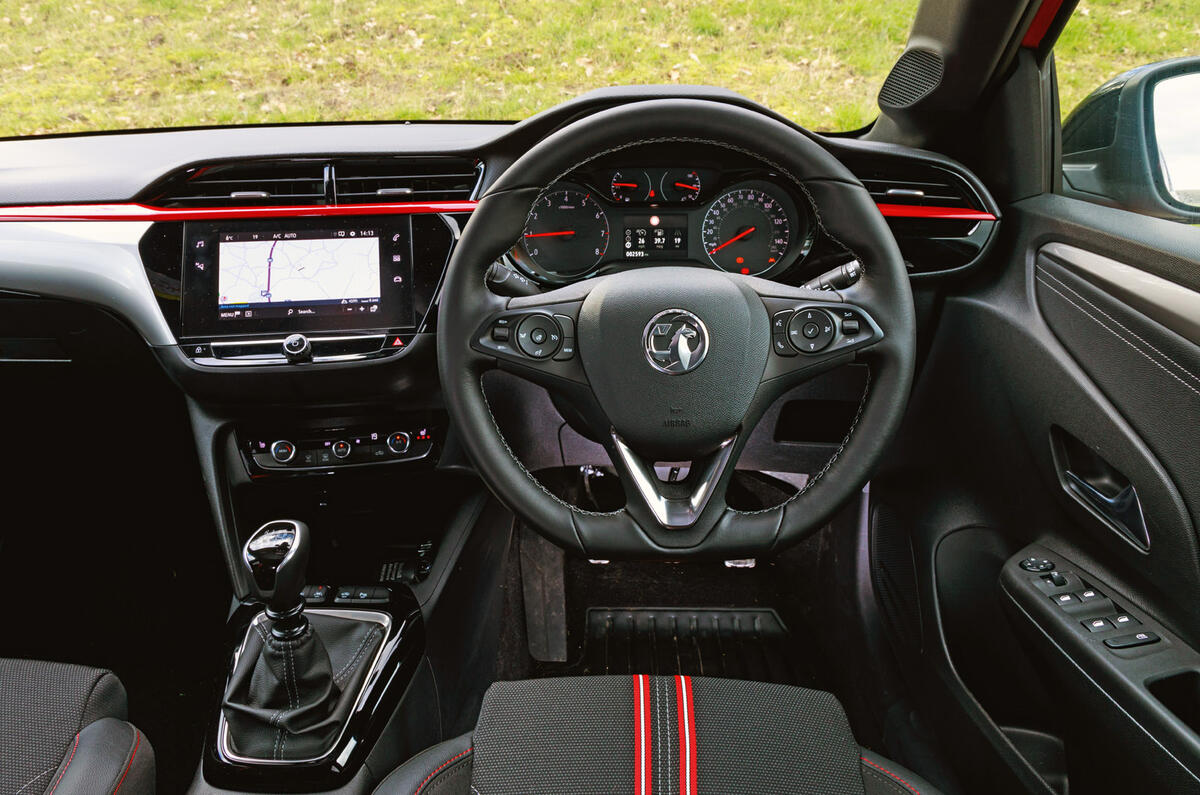
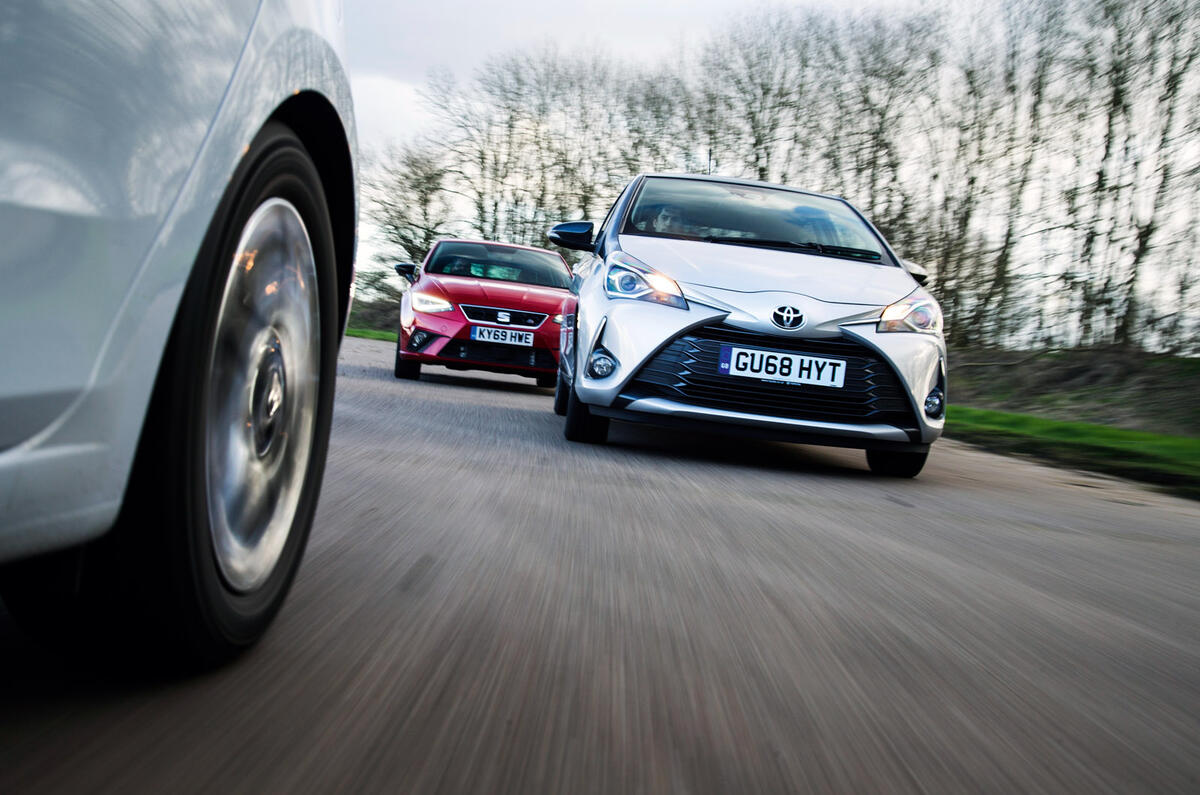
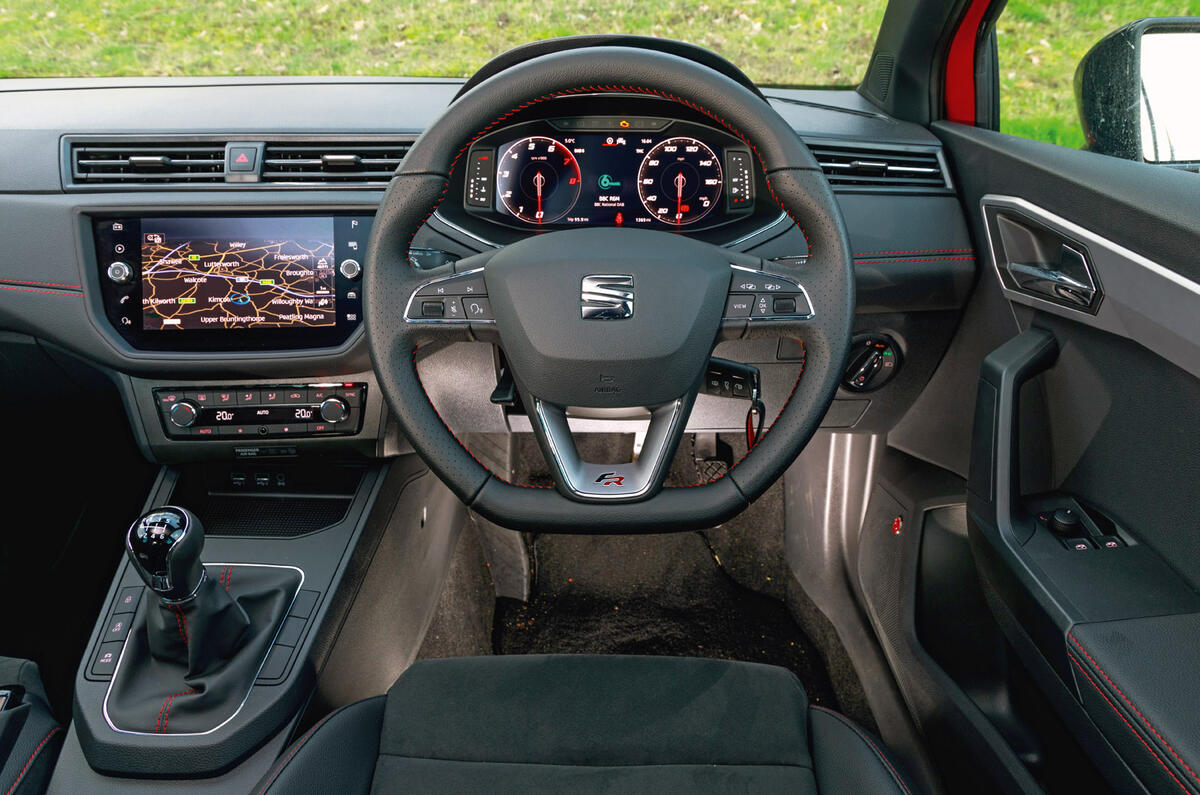
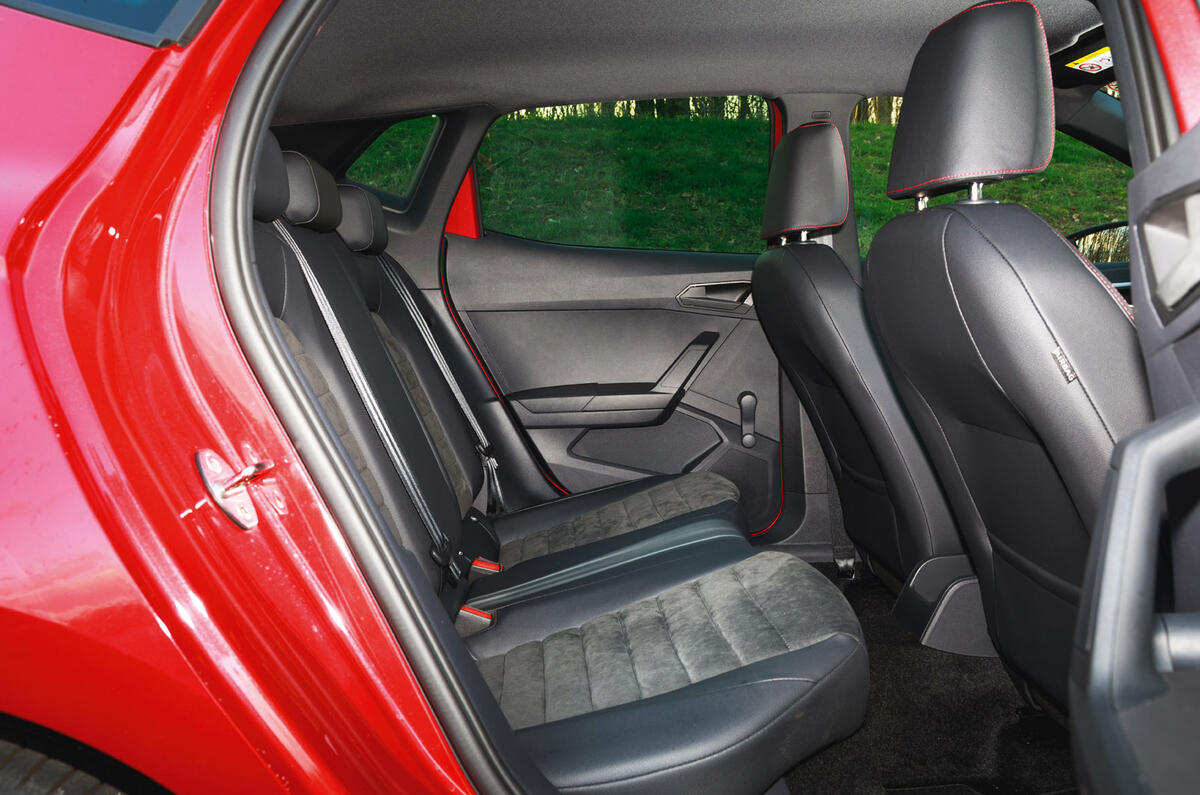

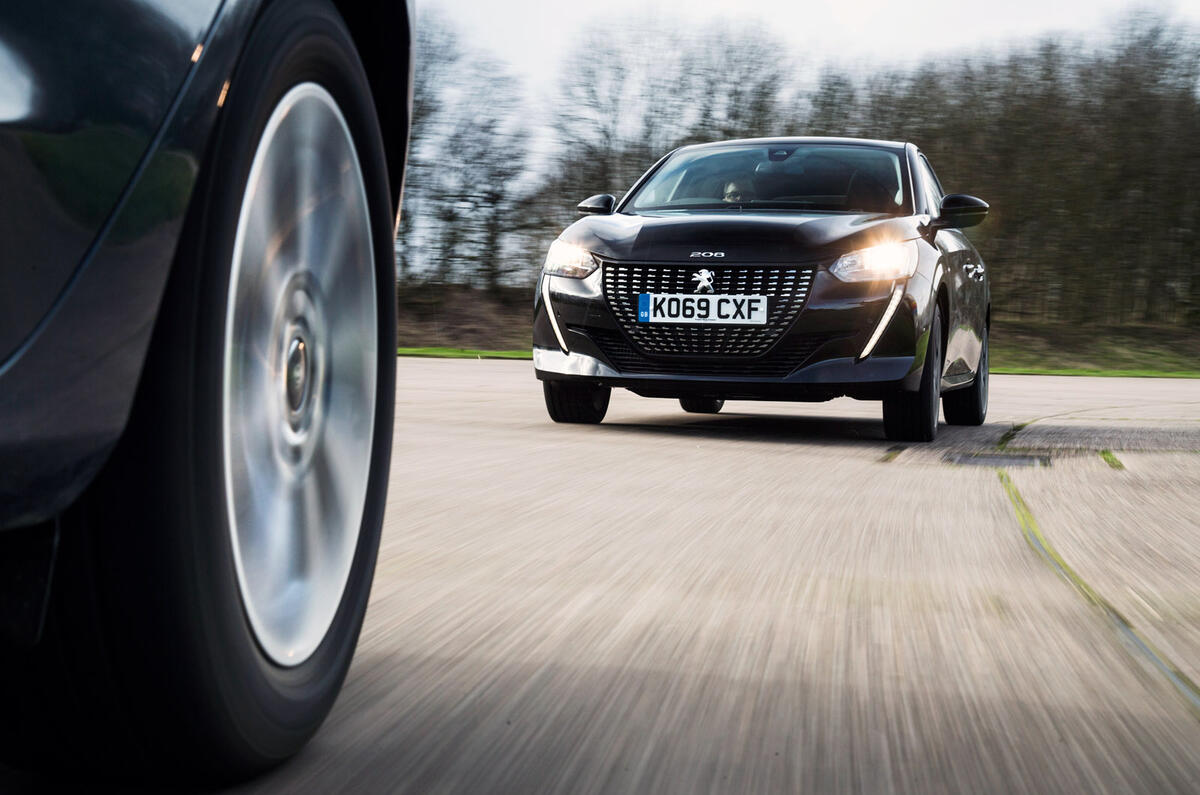

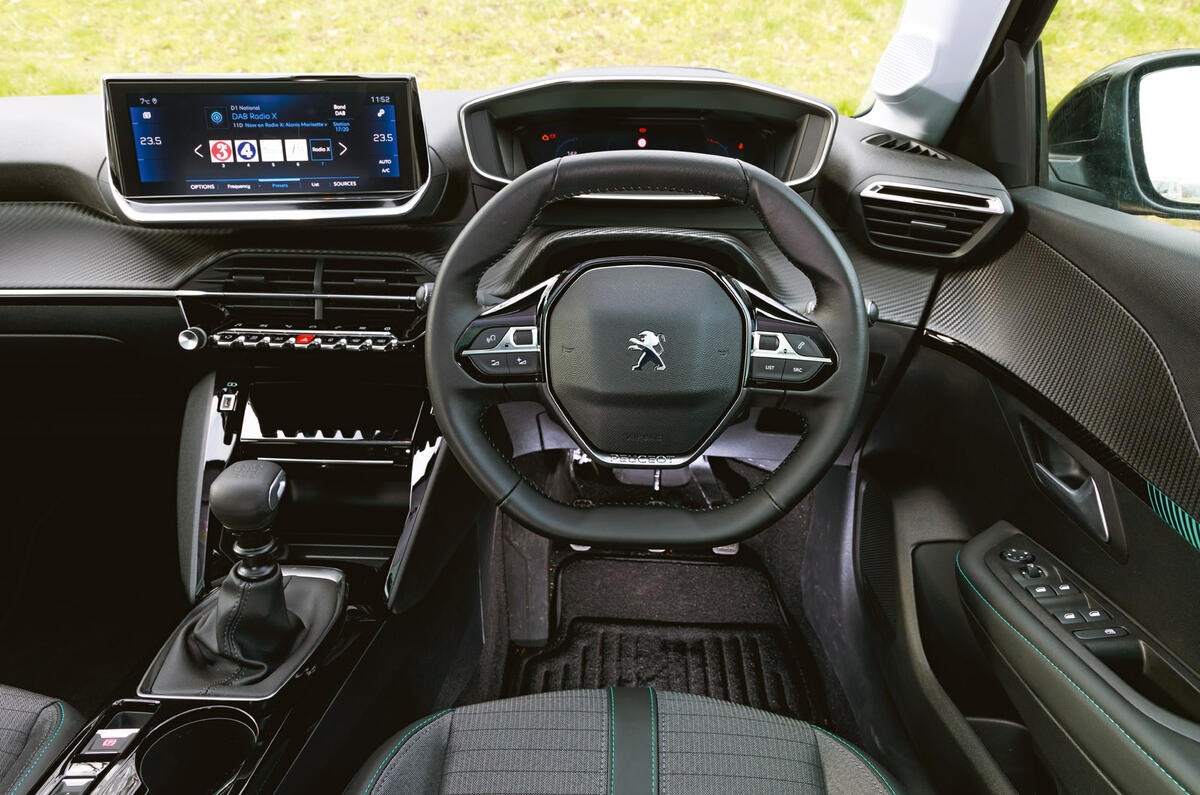

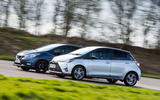
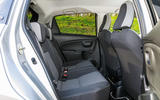

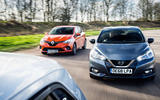
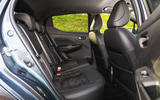
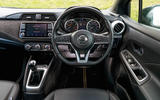
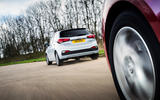
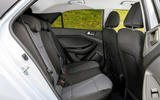



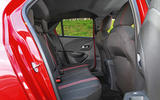
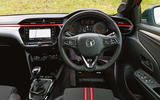

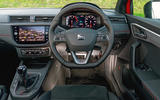
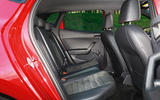

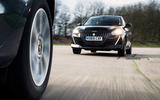
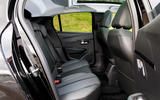
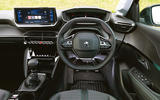

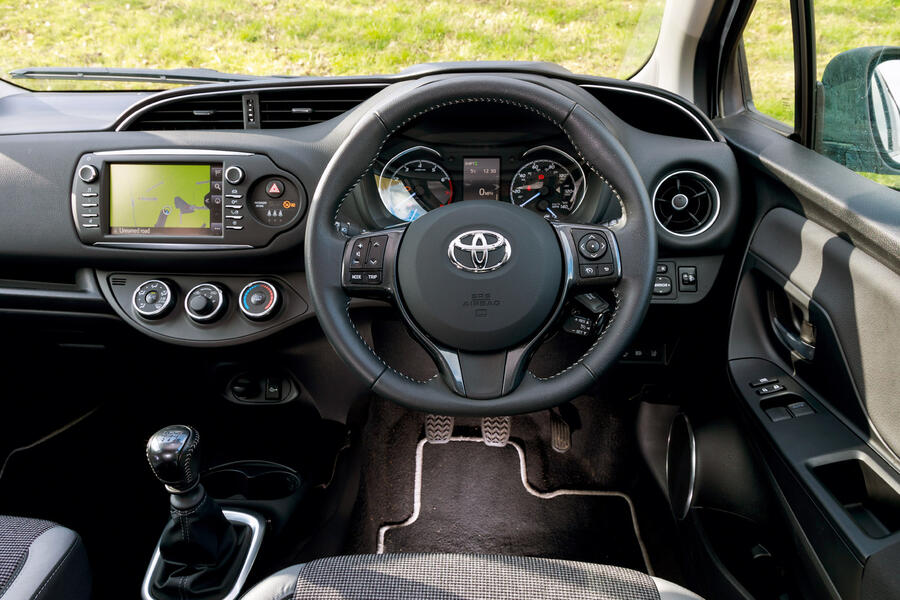
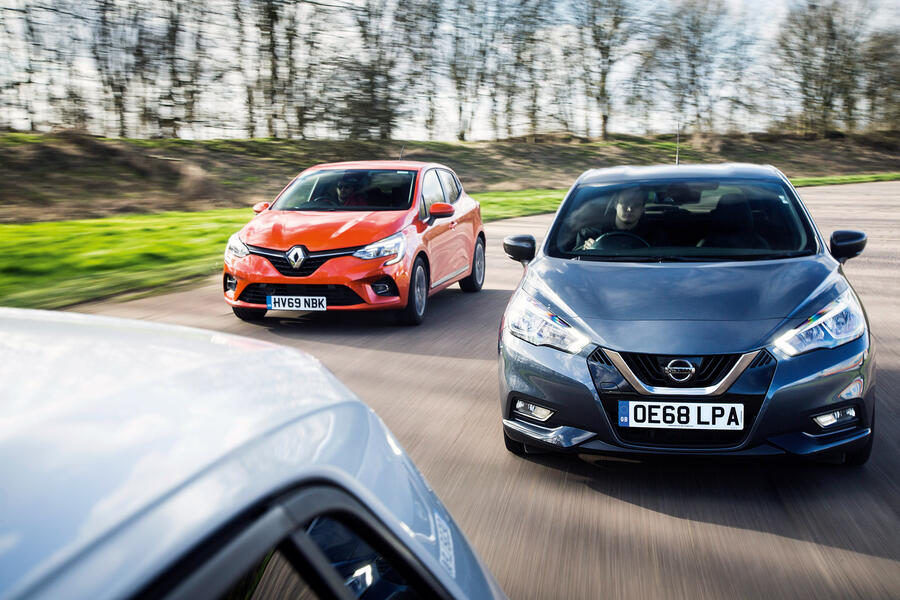
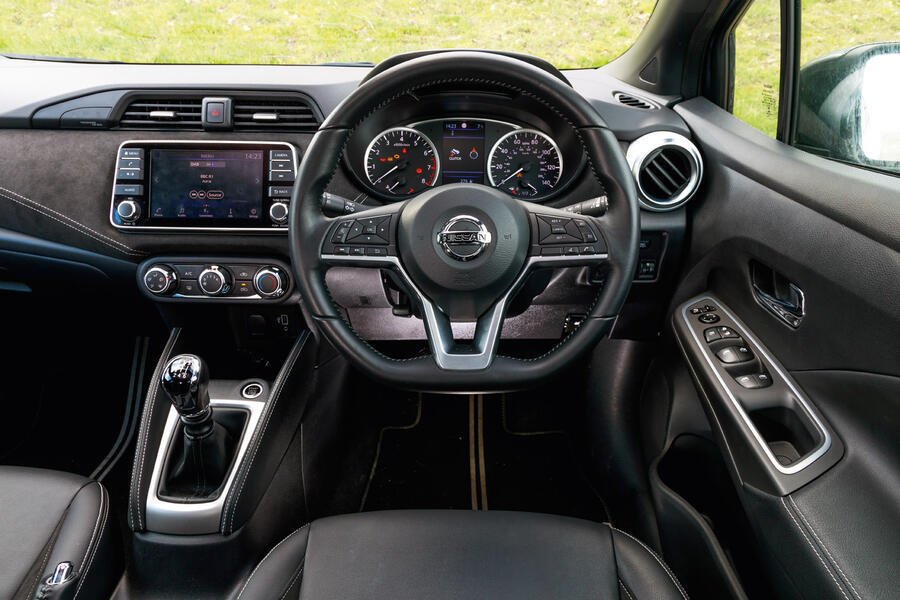
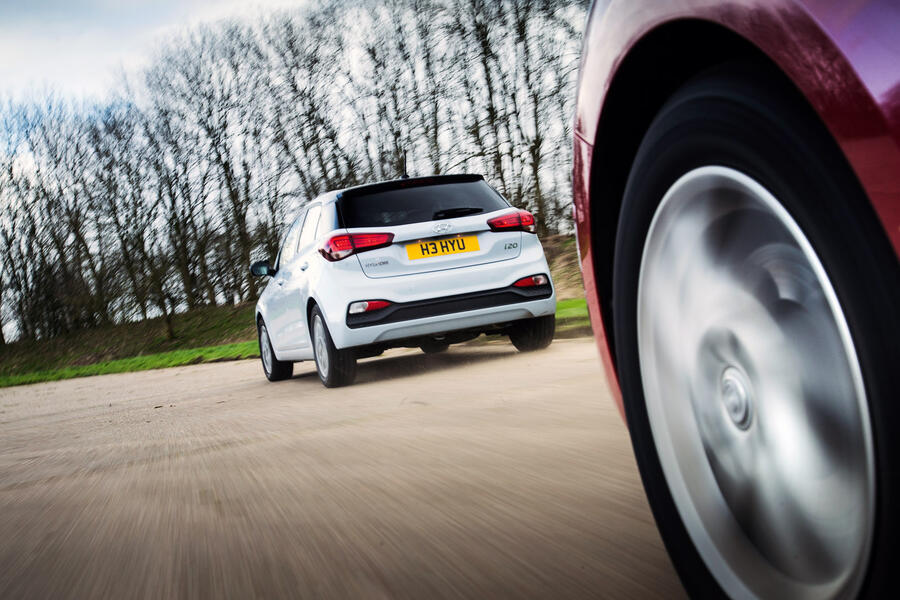
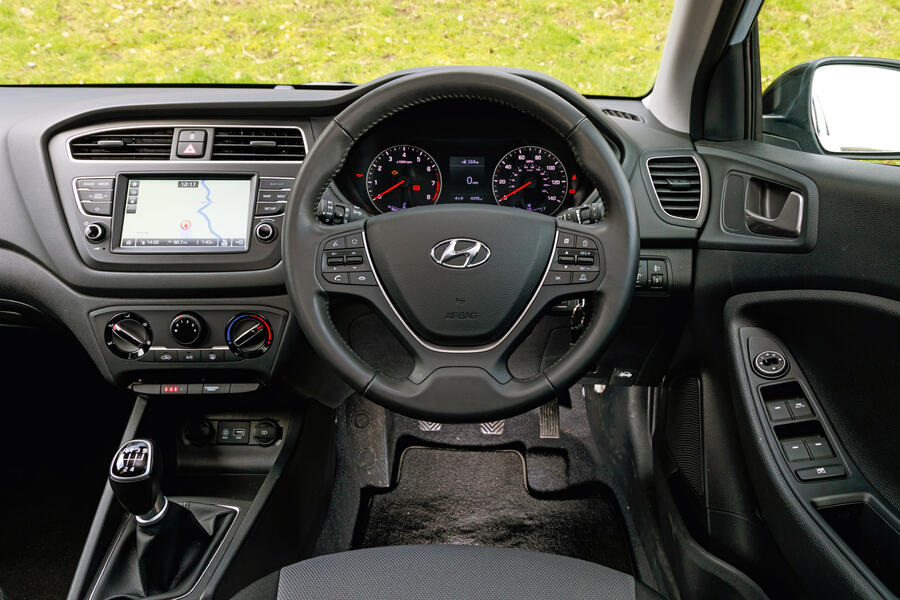
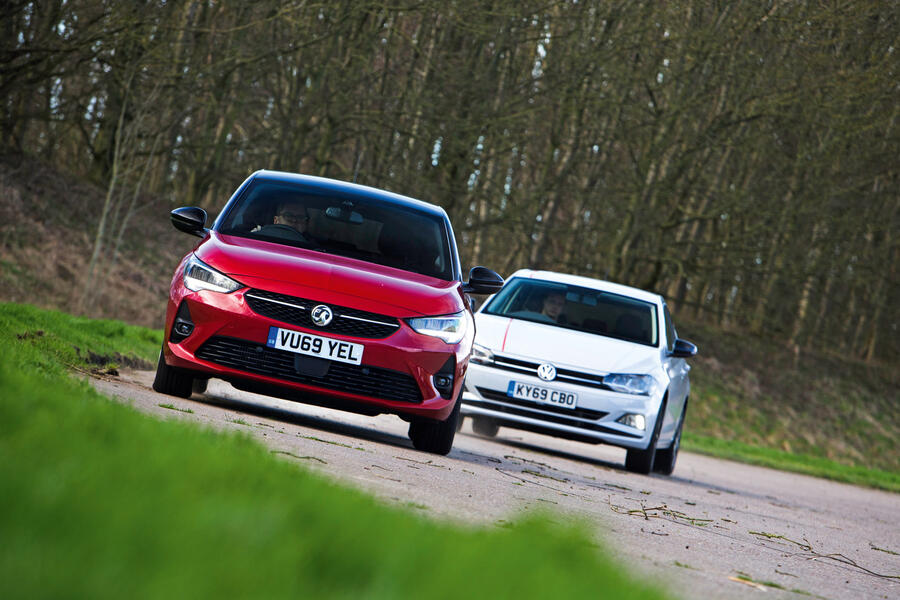
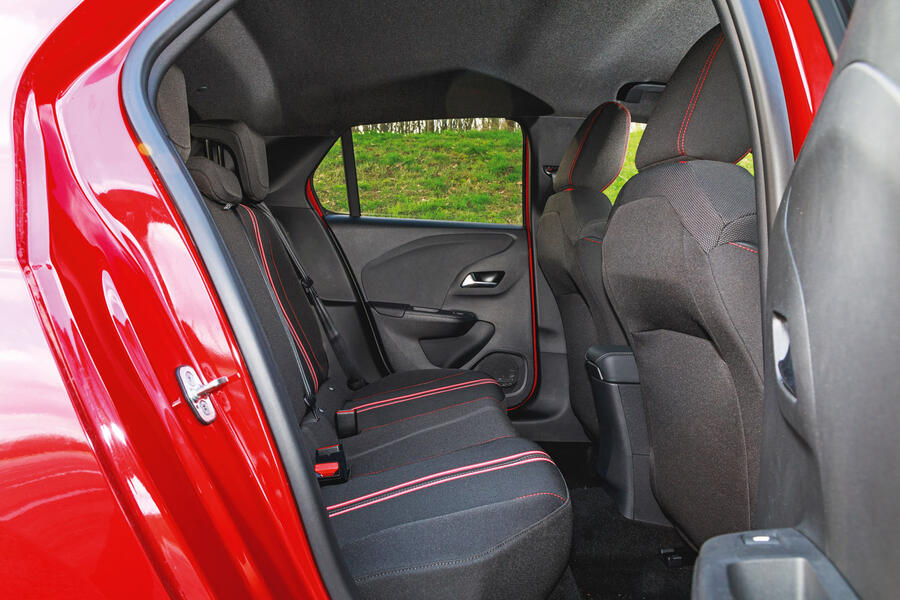
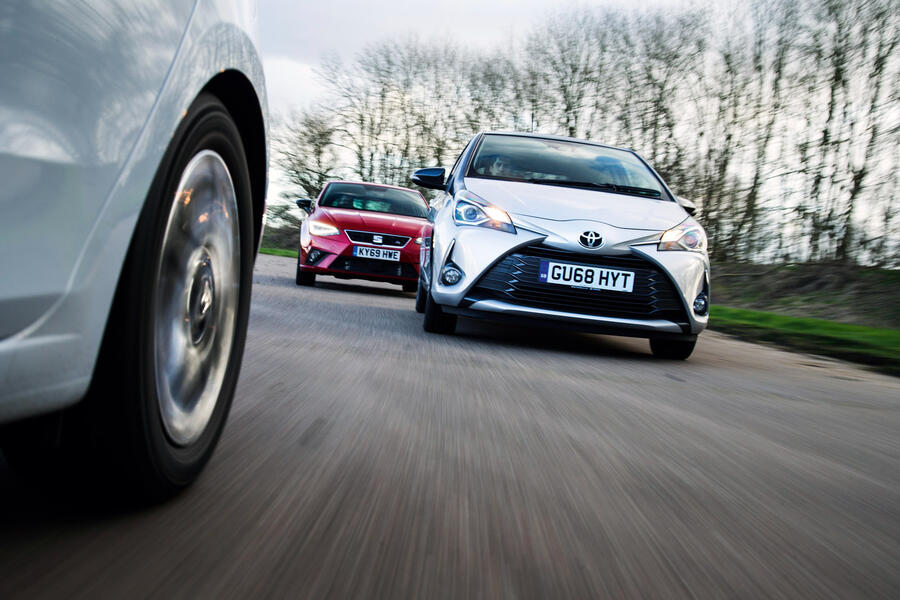

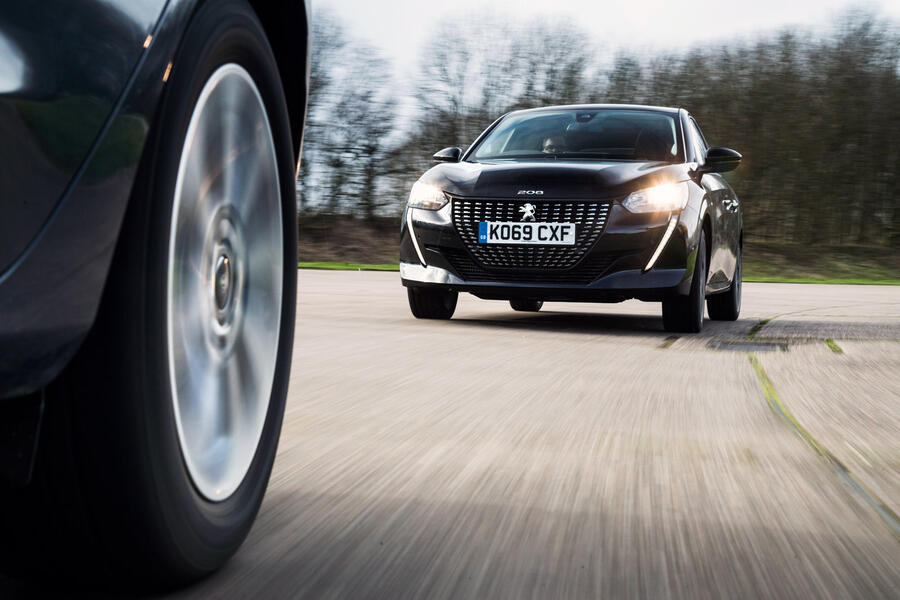
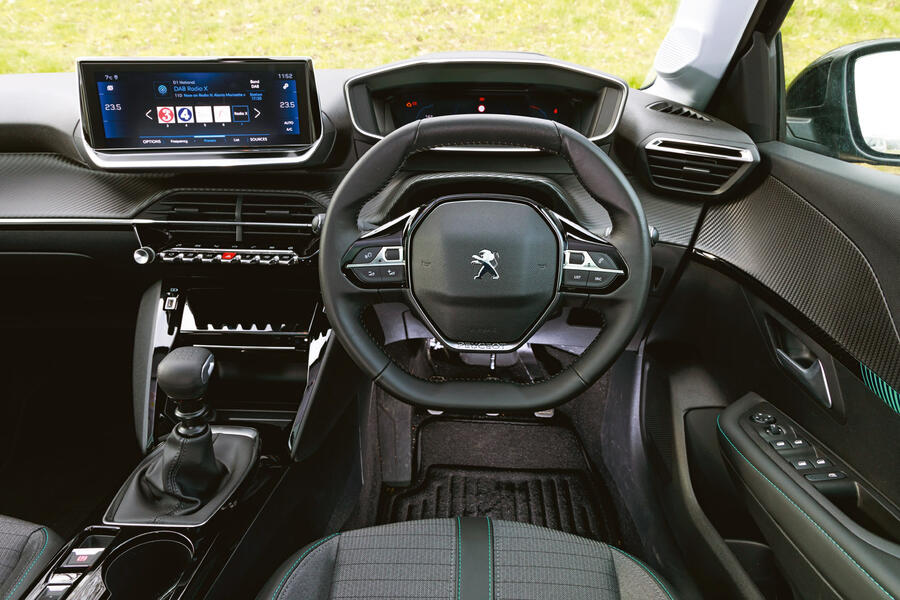





Join the debate
Add your comment
Decision Making Made Easy
Hi Matt, this article is going to be a game changer in my decision to have a new car. I'm in search for a new car and the brands such as Ford, Volkswager, Renault, Toyota, etc., are all my interested brands and I wanted to know the best model to be picked from one of these brands. I'm checking all the features and ideas you have shared and it's going to make my job quite easy, not only mine, but also for many people like me.
Great piece, and keep it up :)
John Haves
Business Manager at Housekeeping Co
I obviously missed something
I searched for the word Renault and it only appears just below headline and the opening paragraph, what's going on? Can anyone tell me where it finished in the test?
Why no mention of the Mazda2 ?
Rediculous to leave the Mazda 2 Skyactive out of this article. It is A) the best looking B) the best to drive c) very well equipped. It has a normally aspirated 1.5 engine with none of the associated problems of turbo engines. The after sales service is excellent and the resale value is good too.
Motoring journalists are always singing the praises of Ford and VW which is one of the best reasons to avoid them.
billysiv wrote:
So, let me understand. You read an article in order to dismiss the writer's findings? I'm admittedly dumber than a toilet roll hoarder but what's the point in reading the article?